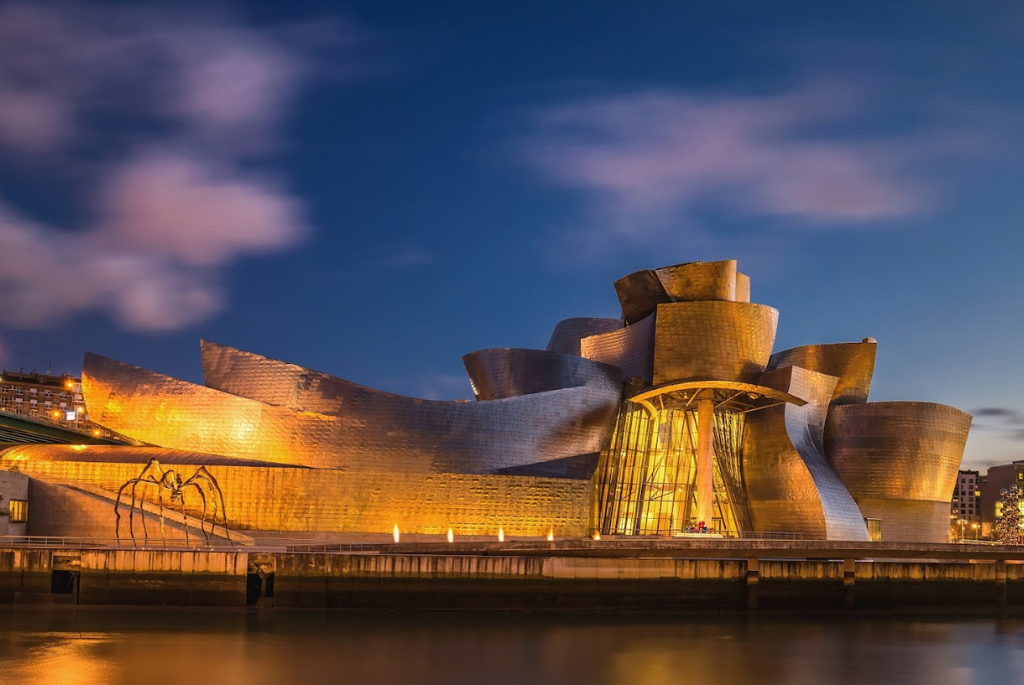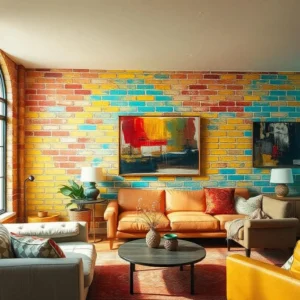Since the early 1950s, contemporary architecture has evolved in response to the numerous changes in material technology and computer-aided design tools. Every architect and designer has begun to develop their language of expression through complex forms and the use of new technology. They also intend to express their ideology by creating timeless yet iconic structures. Contemporary style cannot be defined in a set of terms. As a result, it provides the architect with a blank canvas in which to explore new possibilities.
Below are several noteworthy structures designed by influential architects from around the world. Ranging from stadiums to skyscrapers, and from static to transformable, these buildings embody the essence of contemporary architecture. Each structure encapsulates a unique functional purpose and is the result of an inspired conceptual design process, resulting in an iconic form that transcends time.
Lotus Temple
Drawing inspiration from the graceful lotus flower, the Lotus Temple stands as a quintessential example of biomimicry in contemporary architecture. Central to its design are the symbolic leaves, which serve as the defining elements of the structure. Nine entrance leaves mark the access points on each of the nine sides.
The outer leaves form the roofing for auxiliary spaces, while the inner leaves envelop the primary worship area. Notably, intentional spacing between the inner leaves creates a striking glass and steel skylight as they converge toward the center. Inside, the exposed precast ribbed concrete roof lends a sense of architectural drama, juxtaposed against the pristine white exterior clad in Grecian marble.
Maxxi Museum
As stated by Zaha Hadid, the museum is not merely a receptacle for objects but rather a dynamic artistic campus. The fluid and interrupted floor plan, characterized by overlapping flows and pathways, provides an ideal environment for hosting temporary exhibitions.
Curved concrete walls and natural light streaming in from the open ceiling imbue the space with a fluid spatial quality, offering multiple perspective points and fragmented geometry. The white walls serve as a canvas for the striking black suspended staircases, further enhancing the museum’s architectural aesthetic.
Guggenheim Museum, Bilbao
The Guggenheim Museum of Bilbao stands as an exemplary structure, showcasing intricate swirling forms and captivating materiality. Designed with a complex program aimed at boosting the city’s economy through tourism, the museum’s titanium swirls offer a rustic yet distinctive aesthetic that complements and yet stands out amidst the industrial urban landscape.
Situated at the northern edge of the city center, the site establishes a tangible connection to the urban fabric. The building’s curvilinear form extends around the Salve bridge, creating a curved promenade and a public plaza towards the south side.
From eye level, the building resembles a boat, invoking Bilbao’s industrial heritage, while its footprint echoes that of a floral shape. The seemingly random curves are strategically designed to reflect sunlight and weather conditions, with shallow central dents on the titanium tiles allowing the surface to ripple with changing light.
The Shed
The Shed is a versatile and adaptable structure designed to meet the evolving needs of artists and creators, seamlessly integrating the building into their artistic endeavors. Standing at 37 meters high, the movable shell is constructed with a diagrid frame and covered in translucent cushions made of a durable and lightweight Teflon-based polymer. The eight-level building accommodates two galleries, a theater, a creative studio space, and a skylit event venue.
Inspired by the industrial heritage of the High Line, the Shed’s kinetic system features a sled drive atop the base building and bogie wheels guided along a pair of 273-foot-long (83 m) rails on Level 2 (Plaza Level). This innovative design allows for dynamic transformations and flexible usage, reflecting the dynamic spirit of artistic expression.
Kaohsiung Stadium/Taiwan Solar Powered Station
At the heart of the Kaohsiung Stadium lies its most prominent feature: thousands of solar panels adorning the surface of the dragon-shaped arena, powering it entirely through the photovoltaic energy they produce.
The circular design of the stadium draws inspiration from Feng Shui principles, with Toyo Ito aiming to optimize natural cooling through structural design and wind direction stimulation.
As a result, the stadium’s roof and sides do not form a complete circle; instead, they create a tunnel-like pathway for the wind to flow through. Reminiscent of a dragon, the solar panels emulate the appearance of metallic snakeskin, adding to the stadium’s striking aesthetic.
Oculus, World Trade Center Transportation Hub
The Oculus, a striking structure standing at 350 feet long and 96 feet high, serves as a standalone element at the ground level of the transportation hub, serving as the entrance foyer for the station. Constructed with arched elliptical forms, the Oculus is supported by white steel ribs that extend upward like outspread wings.
Designed by Calatrava, the structure integrates natural light into the hub, symbolizing hope and unity as it filters through the glass-covered spaces between the ribs. The sculptural form of the Oculus exemplifies the subterranean level of the hub and provides pathways for pedestrian traffic.
Burj Khalifa
Taking inspiration from the Hymenocallis flower, the Burj Khalifa boasts a triple-lobed footprint, ensuring unparalleled views of the Arabian Gulf. Soaring to an impressive height of 828 meters, this mixed-use tower appears remarkably slender thanks to its innovative structural solutions.
While its sustainability may not be optimal, the tower’s luminous faceted sculptural mass, enhanced by fin-shaped stainless steel mullions, imbues the skyline of Dubai with a sense of rhythm and dynamism.
Seattle Library
Rem Koolhaas reimagined the Seattle Public Library by transforming the conventional floor divisions and rigid spaces into organized spatial compartments, each serving a distinct purpose.
The design concept evolved by conceptualizing these compartments as a vertical high-rise, where each platform possesses a unique shape, scale, color scheme, circulation pattern, and structural layout tailored to its function.
Through a time-sensitive approach, a built form emerged that prioritized the interplay of light and shadow to enhance the designated functions, resulting in an iconic structure adorned with various punctures in the facade that respond to the specific urban context.
Centre Pompidou
To accommodate large artworks, the Centre Pompidou features three galleries, each spanning 15 meters in width, arranged in a three-dimensional configuration. These galleries are juxtaposed over one another, surrounding a hexagonal central core housing elevators and staircases for vertical circulation.
Each gallery tube offers a different vista of the city, establishing a sense of urban continuity, particularly as the Centre is situated in a suburban area.
In addition to the galleries, there is a Creation Studio and a restaurant located at the top within a circular volumetric space, while an auditorium and offices are enclosed within a square-shaped volume. Oh! Also read our article on 10 Most Beautiful Bamboo Buildings in the World.
A fluidic hexagonal timber roof extends over all the spaces, providing a cohesive form and unifying the floating volumes.
Maya Somaiya Library
The Maya Somaiya Library is an extension of a children’s library within a school situated in a rural area of the city. Drawing inspiration from Gustavino vaults, the structure of the library is designed to rely solely on compression forces.
The primary objective was to craft a playful space that serves as a focal point for students, enticing them to engage in studying activities. Positioned at the intersection of student activities, the walk-over form allows students to access the library from all directions, encouraging movement both within and over it.
The windows are structured as self-supporting bays to enhance stability, with the openings designed to optimize cost-effective window section sizes.





